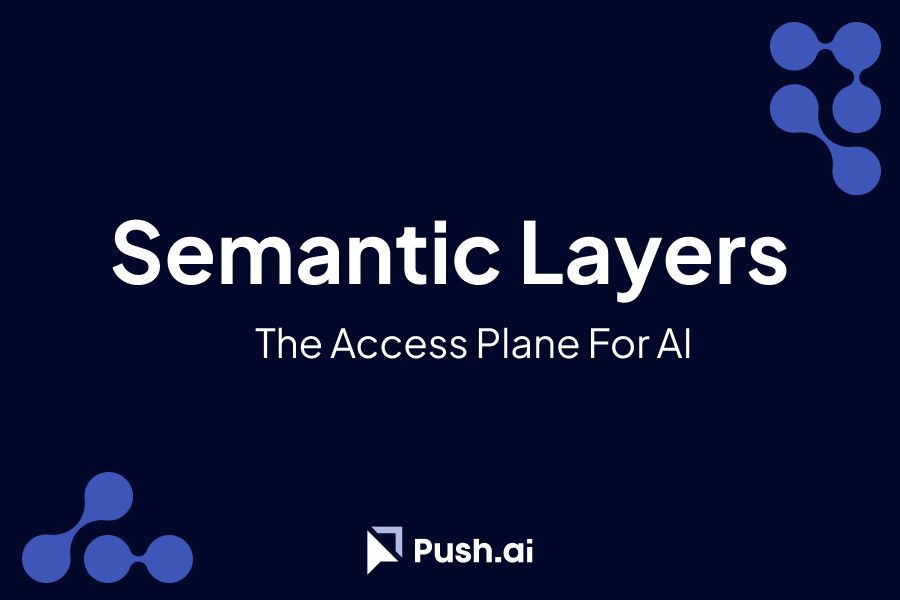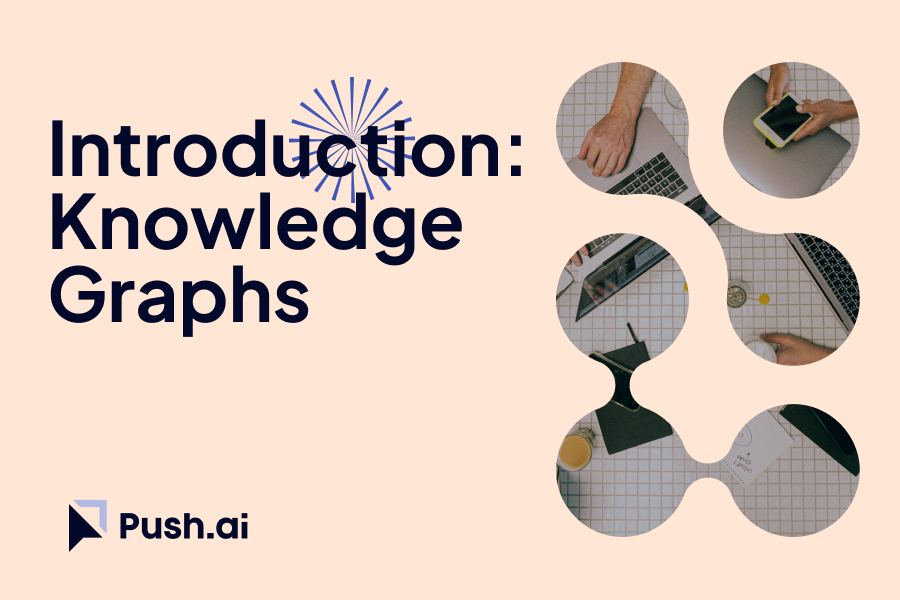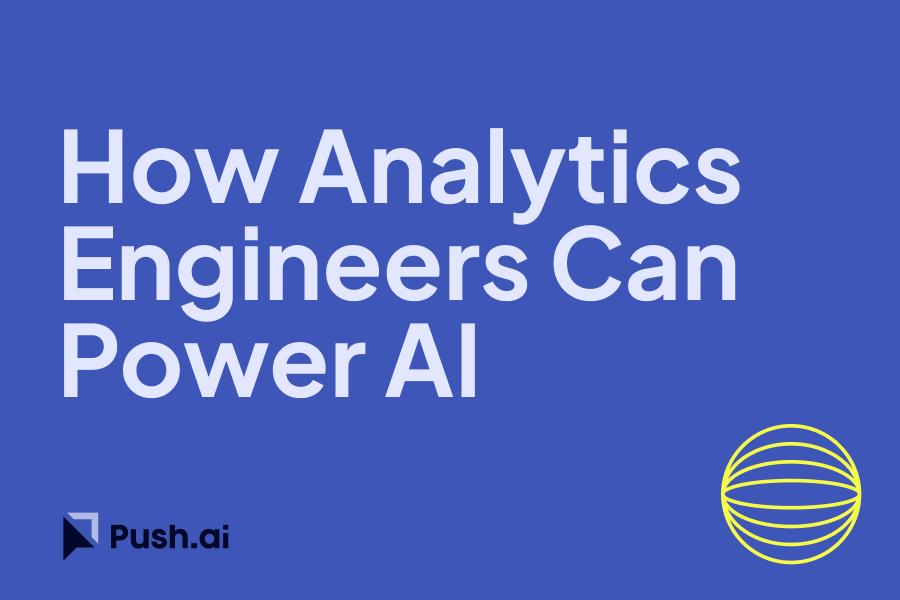Google BigQuery is a powerful data warehouse that, when integrated with Vertex AI, enables advanced image analysis capabilities. This combination allows organizations to perform ongoing image analysis tasks such as object detection, image classification, and image segmentation seamlessly. This blog post delves into how Vertex AI can be used continuously with BigQuery to enhance data workflows.
Setting Up Continuous Image Analysis with Vertex AI
Step 1: Preparing Your Data in BigQuery
First, you need to ensure your image data is stored and accessible in BigQuery. Typically, image data might be stored in Cloud Storage, with metadata and paths stored in BigQuery.
-- Example query to create a table with image paths
CREATE TABLE my_dataset.image_data AS
SELECT
image_id,
image_path
FROM
external_image_source;
Step 2: Configuring Vertex AI
Vertex AI provides tools to create, train, and deploy machine learning models. For image analysis, you can use pre-trained models or train custom models. Here’s how you can set up and use a pre-trained model for image classification:
1. Initialize Vertex AI:
from google.cloud import aiplatform
# Initialize the Vertex AI platform
aiplatform.init()
2. Create and Deploy a Model:
model = aiplatform.Model.upload(
display_name='my_image_classification_model',
artifact_uri='gs://path_to_model_artifact',
serving_container_image_uri='gcr.io/cloud-aiplatform/prediction/tf2-cpu.2-3:latest'
)
3. Use Vertex AI to create a model or deploy a pre-trained model. This example assumes a pre-trained model is used.
Step 3: Setting Up an Automated Workflow
To perform continuous image analysis, set up an automated workflow using Cloud Functions, Cloud Scheduler, and Vertex AI. This ensures that new images added to your dataset are processed automatically.
1. Cloud Function for Image Classification:
from google.cloud import aiplatform, bigquery
def classify_image(event, context):
client = bigquery.Client()
aiplatform.init()
# Query to get new images
query = "SELECT image_id, image_path FROM my_dataset.image_data WHERE processed = FALSE"
rows = client.query(query).result()
# Load model
model = aiplatform.Model(model_name='my_image_classification_model')
for row in rows:
image_path = row['image_path']
image_id = row['image_id']
# Perform prediction
prediction = model.predict(image_path)
# Update BigQuery with the prediction result
update_query = f"""
UPDATE my_dataset.image_data
SET prediction = '{prediction}', processed = TRUE
WHERE image_id = '{image_id}'
"""
client.query(update_query).result()
2. Deploy the Cloud Function:Deploy the function using the Google Cloud Console or gcloud command-line tool.
3. Schedule the Function:Use Cloud Scheduler to trigger the Cloud Function at regular intervals (e.g., every hour).
gcloud scheduler jobs create pubsub classify-images-job \
--schedule="0 * * * *" \
--topic=my-topic \
--message-body="{}"
Benefits of Continuous Image Analysis
- Real-Time Insights: Automate the process of analyzing images as they are uploaded, providing immediate insights and updates.
- Scalability: Leverage Google Cloud’s scalable infrastructure to handle large volumes of image data efficiently.
- Integration: Seamlessly integrate with other Google Cloud services like BigQuery for data storage and analysis, and Vertex AI for model training and prediction.
Conclusion
By integrating Vertex AI with Google BigQuery, you can set up a powerful, continuous image analysis workflow. This integration allows you to leverage advanced AI capabilities to analyze image data efficiently, providing valuable insights in real-time. Whether for medical image analysis, retail, or manufacturing, this setup offers a scalable and efficient solution for ongoing image analysis needs.
For more detailed information on setting up Vertex AI and integrating it with BigQuery, you can refer to the Google Cloud documentation.


%201.svg)







